Earlier this month, Keystone Tower Systems and GE announced a major milestone in the development of spiral welded wind towers with the installation and operation of the first such tower on a 2.8MW GE turbine. Keystone Tower System, headquartered in Denver, CO, is driving innovation in the market which could fundamentally change the economics, manufacturing, and installation of wind projects across the country.
Spiral welded towers can be twice as tall and 10 times faster to build than conventional towers. They also use less steal, so they are also more affordable than conventional towers. Additionally, and perhaps most importantly, Keystone’s proprietary manufacturing process will eventually be deployed on-site at wind farms. This will eliminate tower diameter restrictions by eliminating the need for delivery height restrictions on bridges and overpasses. All of this results in taller towers that can access better and more consistent wind resources which will lower costs and land usage.
Using on-site tower manufacturing will also create new economic benefits for communities where wind farms will be located, such as more local jobs during the construction phases and direct spending in local economies to build the towers.
“This is the culmination of a dream we had to bring advanced manufacturing to the tower industry to help drive down the cost of wind energy and expand where wind is competitive into new regions,” said Eric Smith, Keystone’s co-founder and CTO. “I’m very proud of the years of hard work our team has invested in developing and scaling up tapered spiral welding.”
“This collaboration with Keystone is an example of GE’s commitment to working with partners to bring new and innovative technology to the wind industry and advance domestic manufacturing,” said Vic Abate, GE Renewable Energy’s CEO, Onshore Wind. “We are delighted to be a part of this exciting opportunity for our workhorse products, with the goal of providing affordable, sustainable renewable energy to our customers and helping to deliver on the energy transition.”
Private sector innovation, market forces, and early stage R&D investments from the Department of Energy are driving this rapidly advancing technology which could have profound impacts on how wind energy gets built in the United States.
Watch the video below to see how spiral wielded wind tower manufacturing works:

